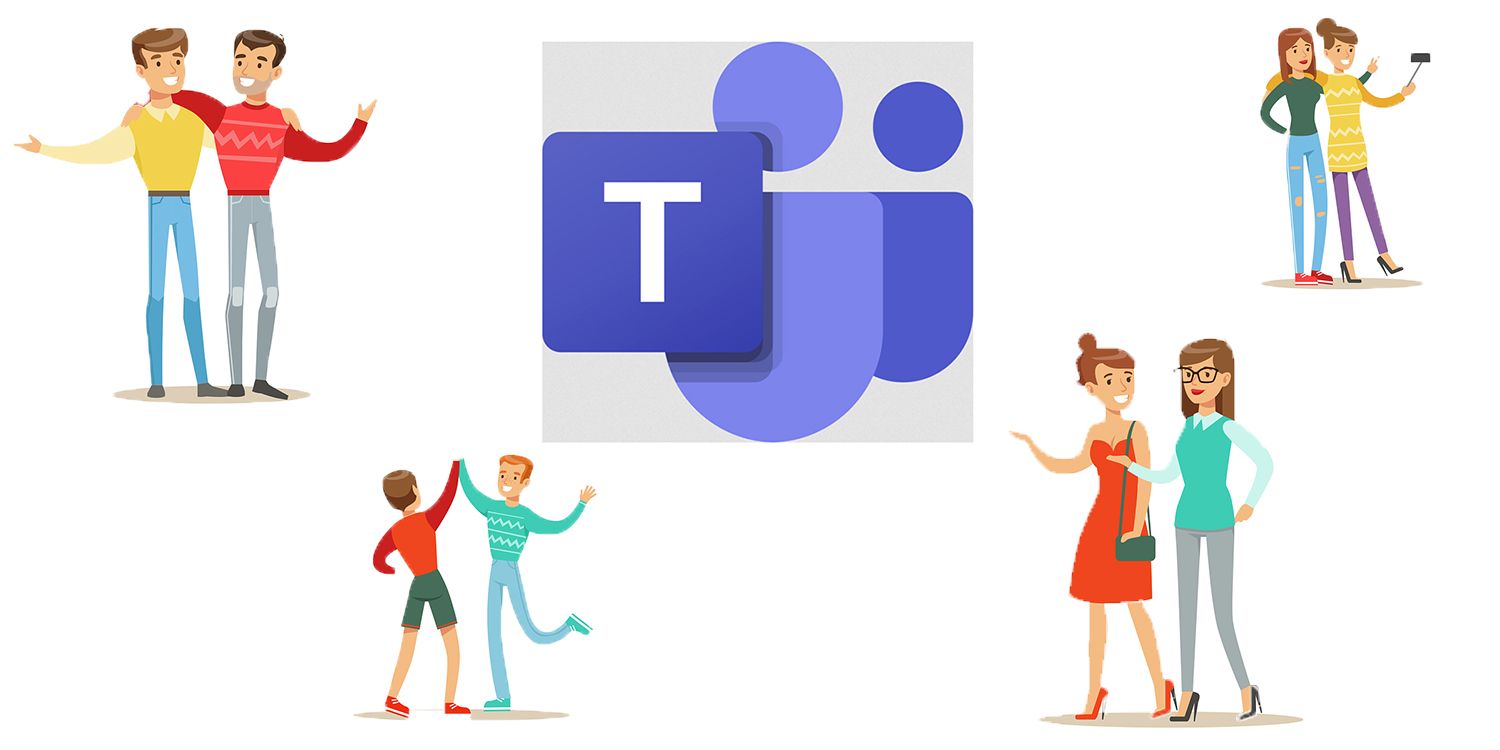Microsoft has launched new family and friends features for its group chat and video calling app, Teams. This move from Microsoft is a clear sign that the company is looking to transition Teams into more than just a tool for professional communications, and at a time when many personal users have suddenly found themselves needing to rely heavily on technology to stay in touch.
Since the start of the COVID-19 pandemic, video-chat apps and other platforms designed for remote communications have seen a huge surge in demand, due to so many having to stay home for months. This has resulted in a record increase in usage for apps like Zoom, Skype, Teams and Slack. Zoom has been in the spotlight throughout the pandemic, and for both good and bad reasons. While it has certainly gained more users, some of the serious security flaws of the app have been revealed. In contrast, professional communication tools like Teams and Slack are often considered to be more secure, and if these apps manage to break out of their ‘formal’ status and appeal to personal users as well, then it could open up a whole new avenue for them.
Microsoft is attempting to do exactly that by launching new features in Teams for users to communicate with friends and family. As described in a company blog post, Microsoft hopes to make Teams a hub for personal chats and video-calls. The new personal communication features are being rolled out to the mobile version of Teams and this will be seen as Microsoft attempting to further level the playing field with Zoom - the preferred app for informal users in recent months. Turning Teams into a more personal space has the potential to offer more than Zoom does, considering the Microsoft app is designed for collaboration and not just to be a standard video-calling app.
What Microsoft Teams Is Offering Personal Users
The new features are for the iOS and Android Teams app. A version of the service, just like all the other Microsoft Office 365 apps, is available to download for free from the App Store and Google Play. Those who use the Teams mobile app at work can now add another account from the settings and sign in to it using their personal Microsoft account. Alternatively, users can also create a personal account with just their mobile number. Once created, users can easily shift between their personal and professional Teams account, can start creating groups, and inviting friends or family to join them.
Just like how an office team collaborates through group chats, message threads, video-calls and file sharing, users can interact with their family, friends or fellow club members. Likewise, integration with other Microsoft apps like Word, Excel and PowerPoint is also possible. Location sharing is another new feature that is part of the personal package and with this, users can let their family members or friends know where they are or when they are arriving. The app also offers a Digital Safe for storing Wi-Fi passwords and other important information which can also be shared with other members, if necessary.
This is only the latest change to the service, as Microsoft has been routinely adding features to Teams, including custom backgrounds to compete with Zoom, as well as improvements to the user experience in general. In spite of these changes, Zoom remains the preferred option for informal users and this is likely due to how Teams is still considered a hub for work. With the rolling out of these new family features, Microsoft Teams is now functionally superior to Zoom, as a personal communications platform.
Source: Microsoft
